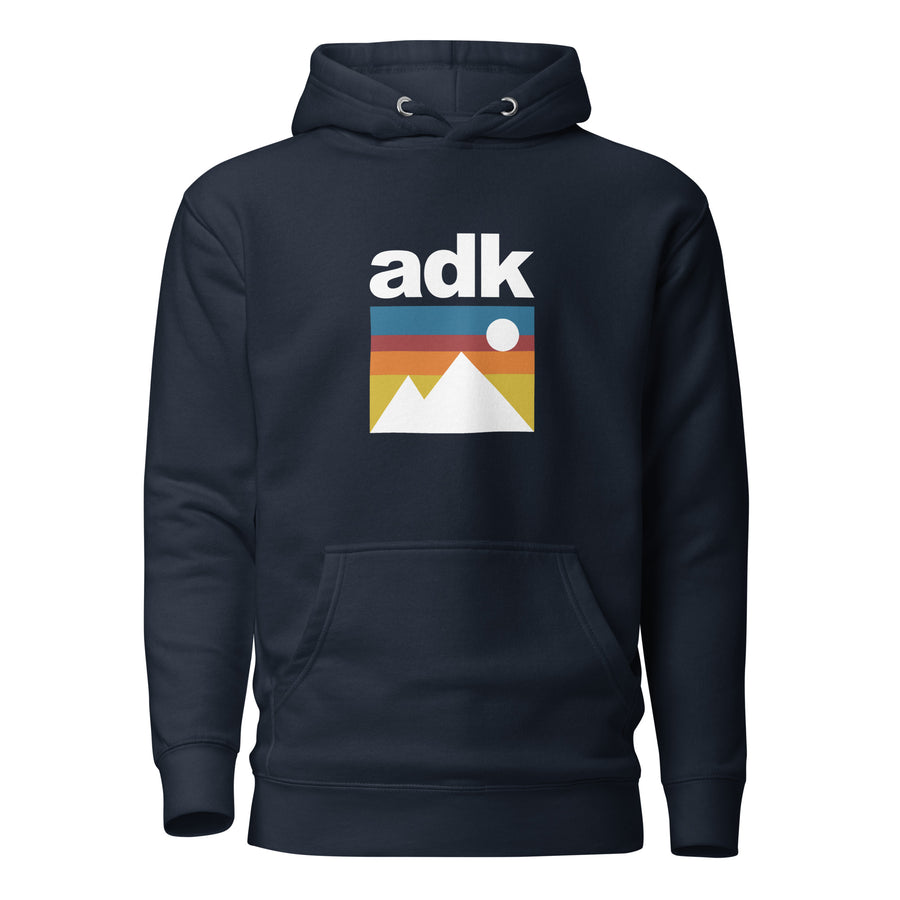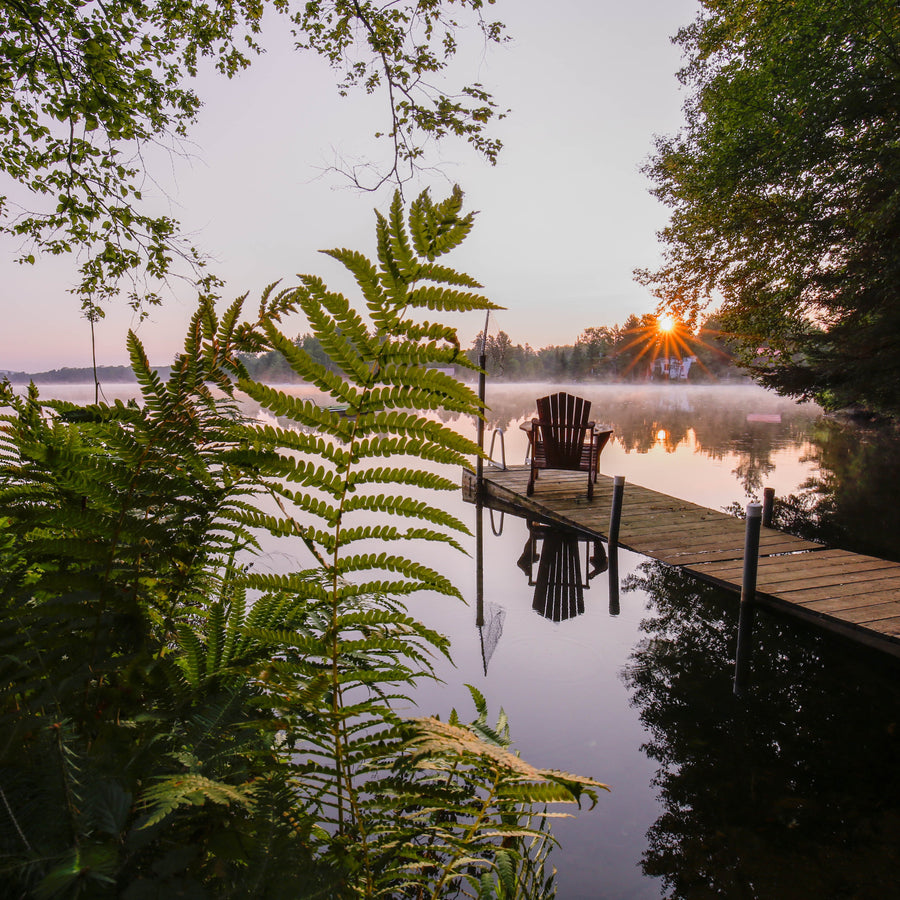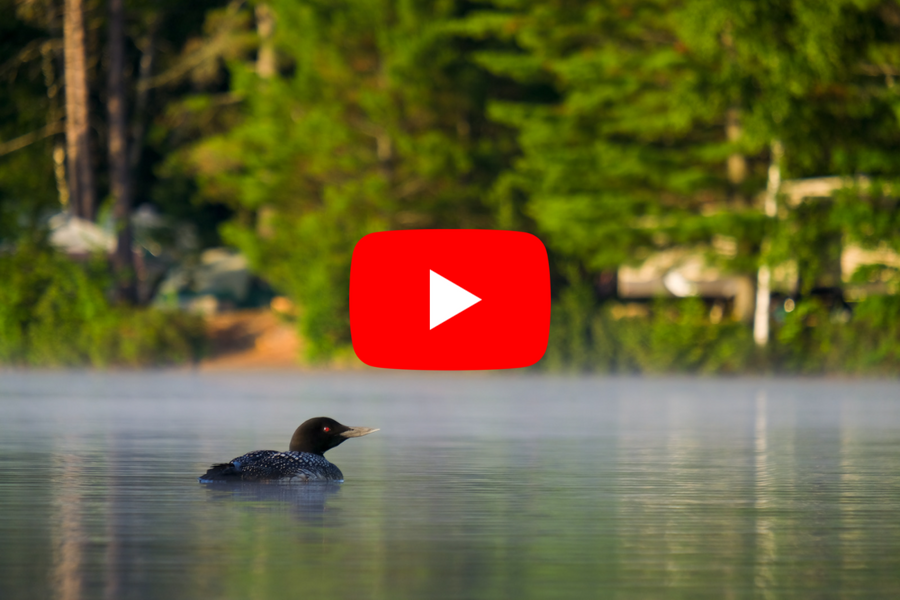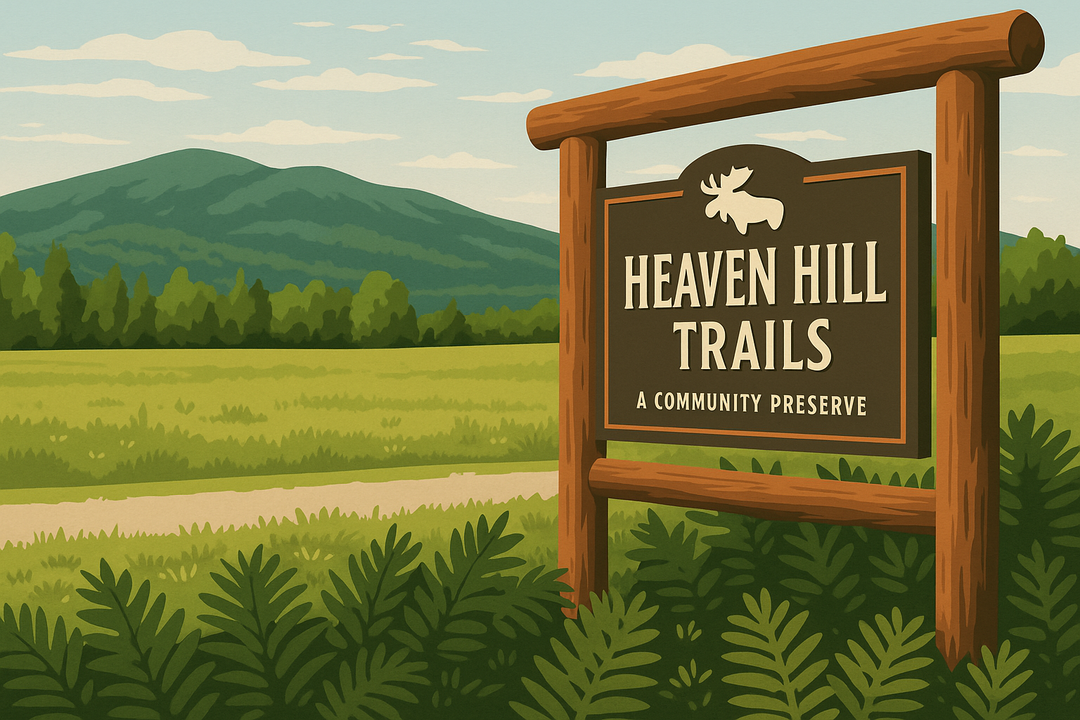The Bog River Flow

Nestled between Long Lake and Cranberry Lake in the Western Adirondacks is the Bog River Flow – a solitary and beautiful wilderness perfect for exploring by way of canoe or kayak. There are 39 campsites in the Bog River Flow and Lows Lake area, all accessible by water and available on a first-come, first-served basis. Driving through Long Lake toward Horseshoe Lake on State Route 421, we reached the primary public access to the area – just off a short gravel road – at Lows Lower Dam. Ah, the fateful dam…
It was a beautiful spring day in May; one finally warm enough to spend some time out on the water and enjoy some sun. Evan had been taking some footage of our carry from the cars to the water with the GoPro on top of his kayak mounted using the suction cup mount. We put the kayaks in the river next to the dam and then the unthinkable happened! In I’m sure what seemed like slow motion, the mount lost its suction and the GoPro slipped off of his kayak, swallowed by the depths of the Bog River. There was nothing we could do. The dark and deep tea colored waters next to the dam made seeing anything impossible, and diving in after it was certainly out of the question. After a good fifteen minutes of just floating around above its watery grave and lamenting our loss, we decided to make the best of a lovely spring day and journey up the Bog River.
We followed the winding flow and scenic waters of the Bog River, checking out a few of the water-front campsites along the way, until we arrived in Hitchins Pond. After seeing a very large bird fly into one of the trees along the shore, we discovered a big nest hidden up in the pines. We weren’t entirely sure, but all signs were pointing to the nest belonging to some eagles. We spent a bit of time staking out the nest to see if anything would show up, but nothing appeared. One of the campsites on Hitchins Pond was calling our name, so we pulled up the kayaks and explored the site a bit. After a little while, we loaded back into the kayaks and paddled the short distance further to the short carry around Lows Upper Dam. The Bog River Flow channel was made navigable when A.A. Low built the Lows Lower Dam in 1903 and the Upper Dam in 1907. The bones of the some of the original structures constructed at the Upper Dam still exist and there is a nice interpretive panel that talks about the history of the area.
We decided to do the short portage and explore above the Upper Dam a bit. After exploring some more campsites and picking up some wood for a campfire later on, we paddled back through the flow. Since we didn’t see any sites open for us, we paddled back to the Lower Dam and decided to see what sites were available on Horseshoe Lake. We were lucky enough to find a nice site open so we set up the tent. We were just in time for a wonderful sunset, topped off with a glass of wine.
















